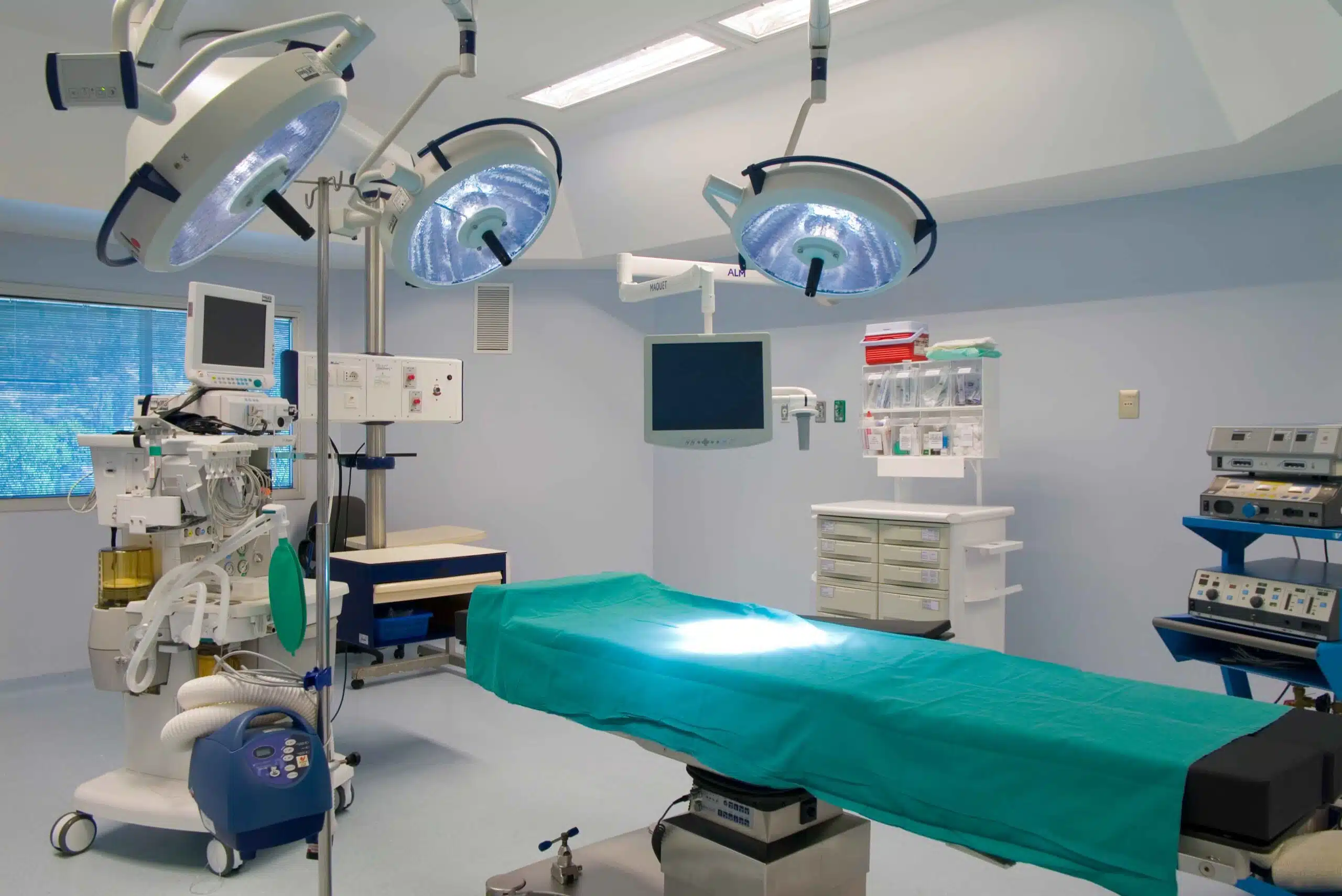Comprehensive Cleaning and Restoration Strategies for Operating Rooms, Operating rooms (ORs) are the epicenter of healthcare facilities, where intricate surgical procedures are performed to save lives and improve patient outcomes.
Maintaining a sterile environment within these spaces is paramount to prevent infections and ensure optimal surgical results. However, ORs are prone to contamination from various sources, including airborne pathogens, surgical debris, and bodily fluids.
Hence, implementing comprehensive cleaning and restoration strategies is essential to uphold the highest standards of cleanliness and safety.
In this article, we delve into the intricacies of maintaining OR hygiene, discussing effective cleaning protocols, advanced restoration techniques, and the role of technology in optimizing cleanliness.
Additionally, we present six tables outlining key aspects of OR cleaning and restoration, along with a FAQ section addressing common queries related to this critical aspect of healthcare facility management.
Table 1: Types of Contaminants Found in Operating Rooms
| Contaminant | Source |
|---|---|
| Airborne Pathogens | Surgical procedures, HVAC systems |
| Surgical Debris | Tissues, blood, bodily fluids |
| Surface Contaminants | Instruments, equipment, surfaces |
| Microorganisms | Bacteria, viruses, fungi |
| Chemical Agents | Disinfectants, cleaning solutions |
| Biohazardous Waste | Sharps, pathological specimens |
Table 2: Commonly Used Cleaning Agents and Disinfectants
| Cleaning Agent/Disinfectant | Purpose | Targeted Pathogens |
|---|---|---|
| Chlorine-based Solutions | Surface disinfection | Bacteria, viruses, fungi |
| Quaternary Ammonium Compounds | Disinfection of surfaces and equipment | Gram-positive and Gram-negative bacteria |
| Hydrogen Peroxide | Disinfection and sterilization | Bacteria, viruses, fungi, spores |
| Alcohol-based Solutions | Disinfection of surfaces and equipment | Bacteria, viruses |
| Phenolic Compounds | Surface disinfection | Bacteria, viruses, fungi, TB bacilli |
Table 3: Recommended Cleaning Frequency for Operating Rooms
| Area/Item | Cleaning Frequency |
|---|---|
| Operating Tables | After each procedure |
| Floors and Walls | Daily |
| Air Handling Units | Quarterly |
| Surgical Instruments | After each use |
| Storage Areas | Weekly |
| HVAC Filters | Monthly |
Table 4: Advanced Restoration Technologies for Operating Rooms
| Technology | Description | Benefits |
|---|---|---|
| Ultraviolet Germicidal Irradiation (UVGI) | Uses UV-C light to inactivate microorganisms | Effective against airborne pathogens |
| Hydroxyl Radicals Generators | Produces hydroxyl radicals to eliminate odors and pathogens | Non-toxic, environmentally friendly |
| Plasma Air Ionization | Releases ions to neutralize airborne contaminants | Continuous air purification |
| High-Efficiency Particulate Air (HEPA) Filters | Captures airborne particles including bacteria and viruses | Improves indoor air quality |
Table 5: Key Steps in OR Cleaning Protocol
| Step | Description |
|---|---|
| Pre-Cleaning | Removal of visible debris and organic matter |
| Disinfection | Application of appropriate disinfectants |
| Sterilization | Ensuring surgical instruments are sterile |
| Surface Wiping | Wiping down surfaces with disinfectants |
| Air Filtration | Running HEPA filters to remove airborne particles |
| Post-Cleaning Checks | Inspecting for cleanliness and sterility |
Table 6: Importance of Staff Training in OR Cleaning
| Training Aspect | Description |
|---|---|
| Proper Equipment Usage | Training on correct use of cleaning and PPE equipment |
| Infection Control Procedures | Understanding protocols for preventing cross-contamination |
| Chemical Handling Safety | Ensuring safe handling and disposal of cleaning agents |
| Emergency Response | Preparedness for handling spills and accidents |
| Quality Assurance | Monitoring and maintaining cleaning standards |
FAQs
Q1: How often should operating rooms be deep cleaned?
A1: Operating rooms should undergo deep cleaning procedures at least once a day, preferably after each surgical procedure, to maintain sterility and prevent infections.
Q2: What measures can be taken to control airborne contaminants in ORs?
A2: Installing HEPA filters, implementing positive pressure ventilation systems, and utilizing ultraviolet germicidal irradiation (UVGI) are effective measures to control airborne contaminants.
Q3: How can I ensure the efficacy of cleaning and disinfection processes in the OR?
A3: Regular training of cleaning staff, adherence to standardized protocols, and periodic audits and inspections can ensure the efficacy of cleaning and disinfection processes.
Q4: Are there any eco-friendly cleaning solutions suitable for ORs?
A4: Yes, there are eco-friendly cleaning solutions available, such as hydrogen peroxide-based cleaners and enzymatic cleaners, which are effective against pathogens and safe for the environment.
Q5: What role does technology play in OR cleaning and restoration?
A5: Technology plays a significant role in OR cleaning and restoration by offering advanced disinfection methods like UVGI, plasma air ionization, and automated cleaning systems, which enhance efficiency and effectiveness.
Q6: How important is post-cleaning inspection in maintaining OR hygiene?
A6: Post-cleaning inspection is crucial as it ensures that all surfaces are properly cleaned and disinfected, minimizing the risk of infections and maintaining a sterile environment for surgical procedures.
Conclusion
comprehensive cleaning and restoration strategies are essential for maintaining the highest standards of cleanliness and safety in operating rooms.
By implementing effective protocols, utilizing advanced technologies, and prioritizing staff training, healthcare facilities can minimize the risk of infections and ensure optimal surgical outcomes for patients.

